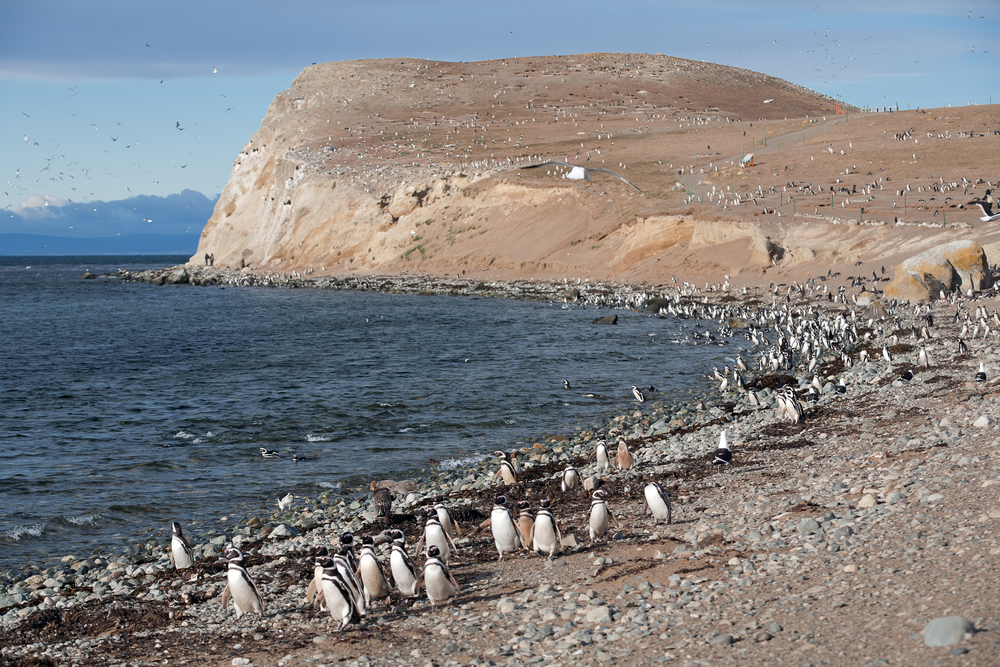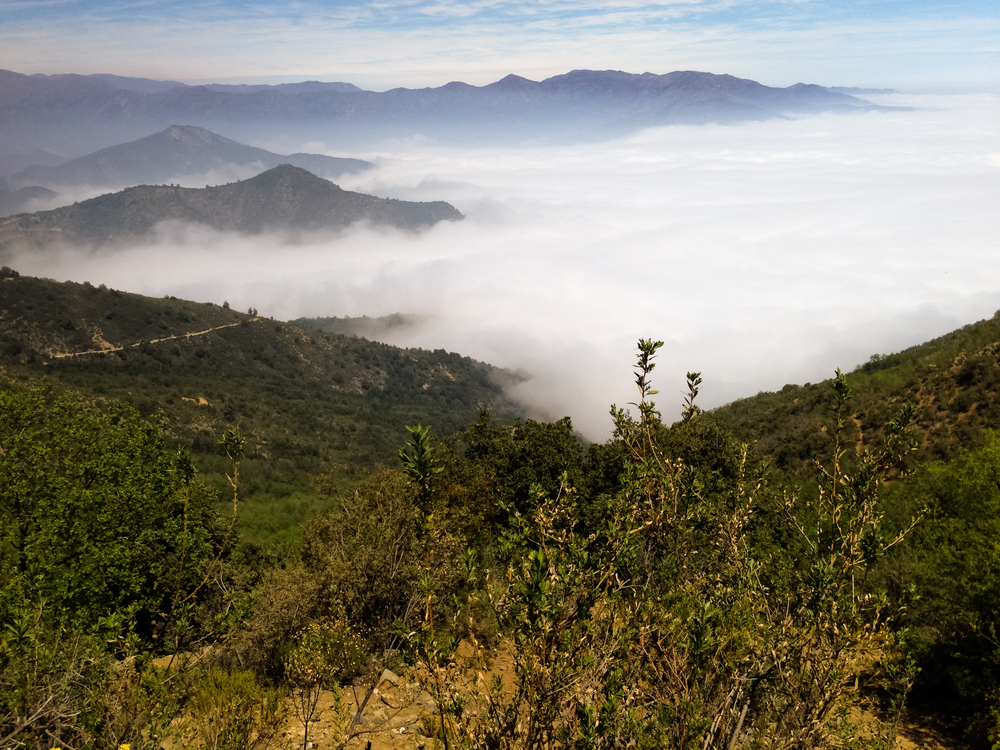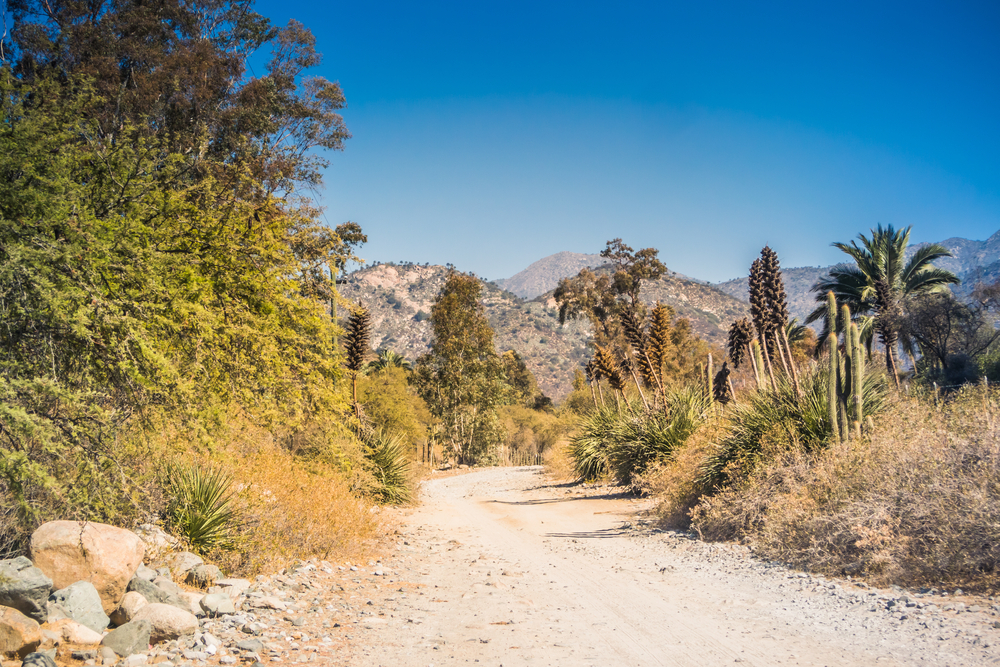La Campana Overview
La Campana National Park, or Parque Nacional La Campana in Spanish, is a protected natural area in central Chile, located in the Valparaíso Region. Covering approximately 30 square miles (74 square kilometers), the park is part of the Chilean Coastal Range and is known for its striking mountainous terrain, diverse ecosystems, and historical significance.
One of the most prominent features of the park is La Campana Mountain, which rises to 6,168 feet (1,880 meters) and provides breathtaking panoramic views of the surrounding valleys and peaks. The park is also home to deep ravines, rolling hills, and verdant forests, creating a landscape that varies dramatically with elevation.
The park’s vegetation is diverse, showcasing Chile’s unique Mediterranean ecosystem. It is one of the last remaining strongholds of the endangered Chilean palm (Jubaea chilensis), a species that once covered vast portions of the region but has now been significantly reduced due to human activity.
Visitors can also find sclerophyllous forests, dominated by hardy, drought-resistant trees such as peumos, litres, and boldos. In spring, the hillsides burst into color with wildflowers, adding vibrancy to the rugged terrain. The combination of lush greenery, dry shrublands, and rocky outcrops creates a visually stunning environment that supports a variety of wildlife.
Wildlife enthusiasts visiting La Campana National Park have the opportunity to spot a range of native animals. Mammals such as foxes, culpeo and chilla, can often be seen roaming the forested areas, while the elusive puma is present but rarely encountered. Rodents like the degu, an endemic species, scurry through the undergrowth, playing an important role in the ecosystem.
The park is also a haven for birdwatchers, as it hosts species like the Chilean mockingbird, the giant hummingbird, and the striking black-chested buzzard-eagle. Woodpeckers and owls can be found within the tree-covered slopes, making the park an excellent location for avian observation.
One of the most popular features of La Campana National Park is the summit hike to the top of La Campana Mountain. This trail, famously climbed by Charles Darwin in 1834 during his voyage on the HMS Beagle, offers not only a rewarding physical challenge but also a historical connection to one of the world’s most renowned naturalists.
The views from the peak stretch to the Pacific Ocean on clear days, making it a highlight for adventurous visitors. Other trails within the park wind through palm groves, forests, and rocky landscapes, allowing hikers to experience the region’s ecological variety up close.
Visitors to the park can engage in numerous outdoor activities, including trekking, birdwatching, photography, and nature interpretation. The park has designated picnic areas and camping sites, making it accessible for those who want to spend extended time exploring its wonders.
Interpretive signs along the trails provide insight into the park’s flora, fauna, and conservation efforts, enhancing the educational value of the visit.
La Campana National Park faces conservation challenges, including threats from climate change, deforestation, and illegal logging of its rare Chilean palm trees.
However, conservation efforts by Chile’s National Forest Corporation (CONAF) have helped protect and restore parts of the park’s unique ecosystem. Sustainable tourism initiatives and reforestation programs aim to ensure the long-term preservation of this important natural sanctuary.
Park Map
La Campana National Park Highlights
Share your clicks with us
Related National Parks More Chile

Alberto de Agostini National Park

Alerce Andino National Park

Alerce Costero National Park

Cabo de Hornos National Park

Isla Guamblin National Park

Isla Magdalena National Park

Bernardo O’Higgins National Park

Archipiélago de Juan Fernández National Park

Bosque de Fray Jorge National Park











































































